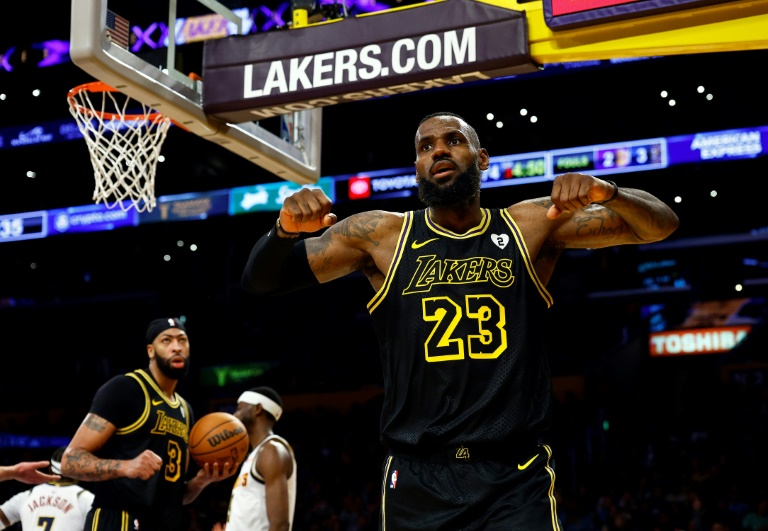Basketball: The Journey of a Game that Changed the World

From a humble YMCA gymnasium in Massachusetts to the sprawling arenas of the NBA, the game of basketball has completed a truly remarkable journey since its invention over a century ago. What began as a simple recreational activity has evolved into a beloved global sport with millions of passionate fans. In this article, we chronicle basketball’s fascinating history and development from its early days as a casual pastime to its current status as an international phenomenon.
Join us as we trace the origins of the familiar orange ball, the pioneers who shaped basketball’s growth, and the pivotal milestones that propelled “hoops” from casual hobby to worldwide sensation. From the establishment of the first professional leagues, to basketball’s Olympic debut, to the sport’s integration in American culture, basketball’s timeline is filled with entertaining stories and breakthrough moments. 24hscore takes you on an engaging journey through the key events and people that helped transform basketball into the global game we know and love today.
A brief history of basketball
In 1891, during a transformative moment at the YMCA Training School, James Naismith pioneered basketball, fashioning the inaugural goals from half-bushel peach baskets. The spirited students embraced this novel sport, their enthusiasm echoing through the historic halls. The first game witnessed William R. Chase’s remarkable midcourt shot, securing the sole score, etching an indelible mark in the sport’s infancy.
While traditionally a winter pursuit, basketball’s allure transcends seasons, unfolding across diverse landscapes. From bustling municipal halls to serene summer playgrounds, from the echoing corridors of school yards to the familial intimacy of driveways, the game finds a place. It thrives in informal showdowns among friends and organized contests in camps, adapting seamlessly to myriad settings.
Beyond high school boundaries, basketball’s reach extends generously, nurturing youthful talents. Grammar schools, community centers, churches, and various organizations proudly foster basketball programs tailored for the younger generations. Notably, Jay Archer, hailing from Scranton, Pennsylvania, revolutionized the sport with “biddy” basketball in 1950, catering specifically to boys and girls under 12. This innovative iteration involved modifications in court dimensions and equipment, ensuring a game perfectly tailored for young aspiring athletes.

Basketball’s Evolution: A Journey to Global Prominence
In its early years, basketball witnessed dynamic changes in team size based on space availability. Starting with five players per side in 1894 for smaller areas, the game expanded to seven and nine for larger gymnasiums. Two years later, the enduring standard settled at five players per team.
Originating with Naismith and his Canadian counterparts, basketball rapidly transcended borders, establishing its first international foothold in Canada. Swift expansion followed in France, England, Australia, China, India, and Japan, marking the onset of a global sports sensation.
Despite an initial surge in YMCA memberships, discontent arose as the game monopolized spaces meant for larger classes. This discontent led to its prohibition by various associations, inadvertently propelling enthusiasts toward alternative venues and catalyzing the sport’s professionalization.
In its infancy, players sported diverse uniforms, from football trousers to jersey tights or padded pants, often navigating irregularly shaped courts obstructed by pillars or stairways. Not until 1903 were straight boundary lines mandated.
Basketball underwent transformative changes, from improvised retrieval methods to the formalization of iron hoops with hammock-style baskets. Wooden backboards replaced balcony-attached baskets, later legalized in glass form by professional and collegiate leagues.
The transition from soccer balls to marketed basketballs occurred in 1894, culminating in the standardization of the laceless molded ball in 1948–49, boasting a 30-inch circumference.
Colleges embraced the sport in 1892 through Geneva College and the University of Iowa. The first college game in 1896, featuring five players per side between the University of Chicago and the University of Iowa, marked a historic moment, initiating the standardization of collegiate basketball rules.
Over time, various committees, including those for colleges, the YMCA–Amateur Athletic Union, and professional leagues, generated diverse rule sets. To address this, the Joint Rules Committee emerged in 1915, evolving into the National Basketball Committee (NBC) of the United States and Canada. In 1979, separate rules committees were formed by the NCAA and the National Federation of State High School Associations, further refining the game’s regulations.

The Emergence of Basketball: A Transformation in Sport Dynamics
In the aftermath of World War II, basketball witnessed a gradual surge in both national and international appeal. Though initially growing at a modest pace, its ascent took a meteoric leap with the advent of television exposure, especially during the 1980s cable era. This era saw the game surge in popularity across all levels, buoyed by remarkable players like Earvin (“Magic”) Johnson, Julius Erving (“Dr. J”), Larry Bird, and Michael Jordan. Basketball swiftly rose to prominence, rivaling traditional sports like baseball and football.
Throughout its evolution, basketball at high school and college levels transitioned from a methodical game to a swift, high-scoring spectacle. The focus on individual skills intensified, blending seamlessly with the team dynamic. Initially, games were low-scoring affairs with strategies that involved stalling the game once a lead was secured. The intervention of the National Basketball Committee (NBC) introduced pivotal rule changes to discourage such slowdown tactics.
In a landmark move, the implementation of the shot clock in 1985, later reduced to 35 seconds in 1993, transformed the game’s pace, limiting ball control time and introducing the three-point shot rule. Further, notable shifts in playing styles emerged. The evolution of shooting techniques from Hank Luisetti’s one-hand shot to the modern jump shot, epitomized by players like Jerry West and Rick Mount, showcased the game’s dynamic alterations.
Moreover, coaching strategies underwent substantial changes. Innovators like Frank W. Keaney introduced the concept of “fast break” basketball, emphasizing rapid offensive plays. Adolph Rupp’s contributions, especially with pressure defense at the University of Kentucky, redefined gameplay strategies and significantly impacted the sport’s trajectory.
In conclusion
Basketball’s journey from its nascent stages to modern times has been marked by a dynamic evolution in playing style, rule adaptations, and coaching strategies. From a slow-paced, structured game, it transformed into a fast-paced, high-scoring spectacle, captivating audiences worldwide. Key innovations such as the shot clock and the three-point shot rule reshaped the game’s tempo and scoring dynamics. The evolution of shooting techniques and strategic adaptations introduced by pioneering coaches significantly impacted the sport’s growth and competitive edge. Basketball’s compelling narrative illustrates not only its adaptability but also its ability to resonate across diverse audiences, solidifying its position as a prominent and beloved sport globally.








